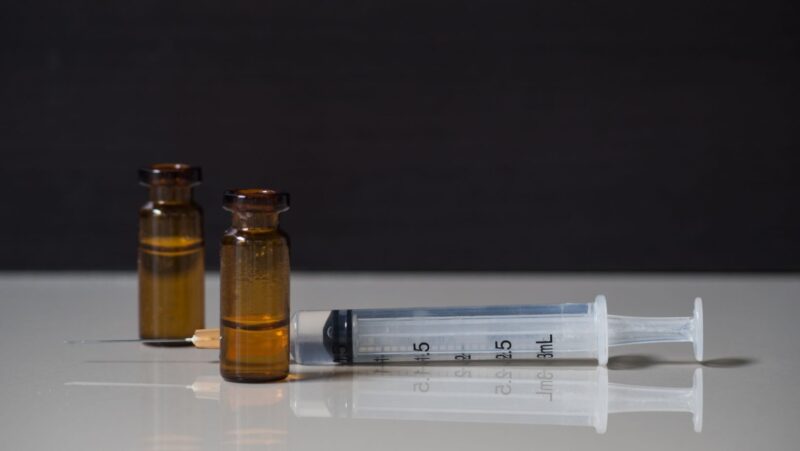
When we hear about new medicines hitting the market, most of us don’t think about the long and complex process that made it possible. Behind every pill, vaccine, or treatment is a clinical trial—a rigorous, highly regulated process designed to ensure safety and effectiveness before a drug reaches the public. But what actually happens behind the scenes?
Clinical trials involve much more than just testing a new drug on volunteers. They require years of planning, strict guidelines, and careful monitoring by medical professionals, scientists, and regulatory bodies. Every step must follow strict safety and ethical protocols to protect patients and produce reliable results. Companies specializing in clinical quality assurance, like ObelysQ, play a vital role in making sure these trials meet the highest standards.
From recruiting participants to analyzing data, clinical trials operate under layers of supervision and precision. They determine whether a new treatment is safe, effective, and worthy of approval. Without them, modern medicine wouldn’t exist as we know it.
Planning and Pre-Trial Phase
The planning phase of a clinical trial begins with drug development. Scientists create and test a new drug in laboratories to assess its safety and effectiveness. This includes using cell cultures and animal models to study how the drug interacts with the body and to determine possible side effects.
Once the drug shows promise, researchers seek regulatory approvals. They submit detailed applications to regulatory bodies like the FDA or EMA, who carefully evaluate the drug’s potential risks and benefits before allowing human trials.
Following approval, trial design begins. Experts determine the study’s structure, such as the number of participants, the phases of the trial, and the testing methods. These steps ensure the trial is scientifically rigorous and ethically sound.
Recruiting Participants
Recruiting participants for a clinical trial involves several important steps to ensure the study is conducted ethically and safely. First, researchers conduct eligibility screening, carefully reviewing volunteers against strict criteria, including age, health conditions, and medical history. This ensures that participants are suitable for the trial and that results will be accurate.
Before participants join, they must provide informed consent. Researchers educate them about the potential risks and benefits of the trial, ensuring they fully understand what they are agreeing to.
Once participants have agreed to take part, randomization and grouping occurs. Volunteers are randomly assigned to either the treatment group or a placebo group, using controlled methods to prevent bias and ensure reliable results.
Running the Trial
During the clinical trial, participants receive either the new drug or a placebo/standard treatment as part of the administering treatments process. This step ensures that researchers can compare the effects of the drug against a control group.
Throughout the trial, monitoring side effects is crucial. Doctors and researchers closely track participants for any adverse reactions or unexpected symptoms to ensure their safety.
As the trial progresses, data collection and analysis begin. Researchers measure outcomes through regular tests, reports, and observations, recording both positive effects and any negative reactions. To maintain integrity, regular audits and inspections are conducted to ensure compliance with ethical standards, regulatory guidelines, and proper data handling throughout the study.
Post-Trial Analysis and Approval
After the trial, scientists conduct a statistical evaluation to analyze the collected data and determine whether the drug is effective and safe for public use. If the results are positive, the data is submitted to regulatory authorities, such as the FDA or EMA, for regulatory submission. These bodies review the findings to decide whether the drug can be approved for widespread use.
Finally, to ensure transparency and scientific credibility, the results may undergo peer review and publication in medical journals. This allows independent experts to evaluate the data and confirm its reliability before the drug reaches the market.
Long Term Monitoring
Even after a drug is approved, long-term monitoring is crucial to ensure its continued safety and effectiveness. Once the drug is available to the public, it undergoes post-market surveillance to track any long-term side effects or unforeseen risks that may arise with broader use.
Researchers and healthcare providers monitor real-world data to identify rare adverse effects and evaluate the drug’s performance in different populations. If any safety concerns arise, regulatory authorities may take action, such as issuing warnings or withdrawing the drug from the market. This ongoing monitoring helps maintain public trust in new treatments.













